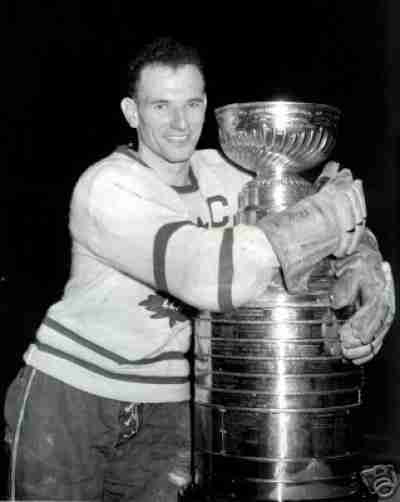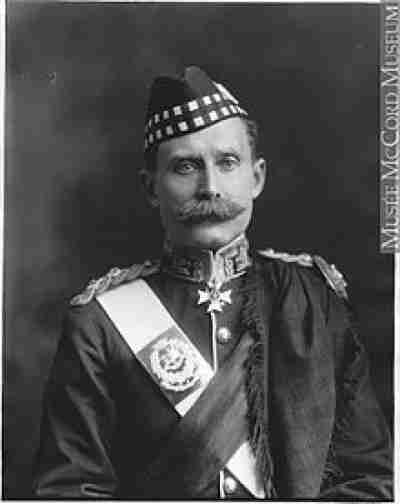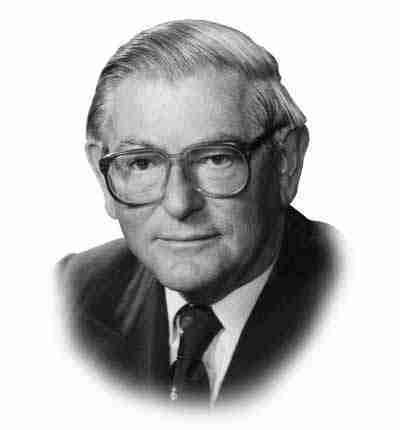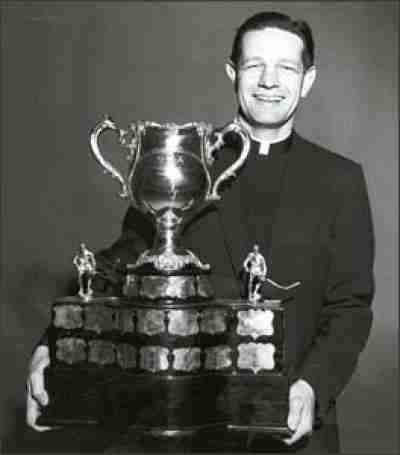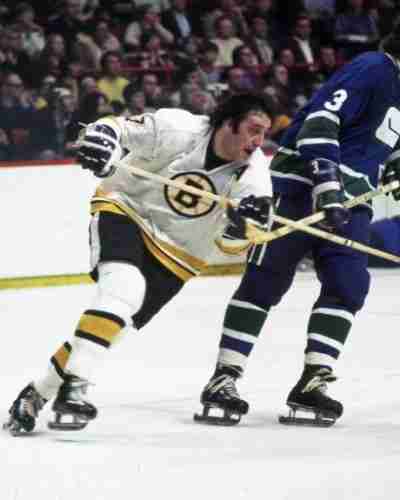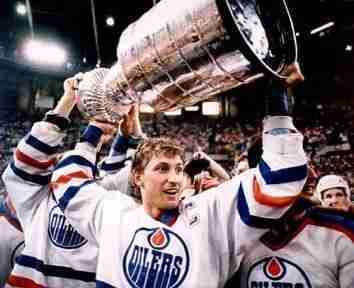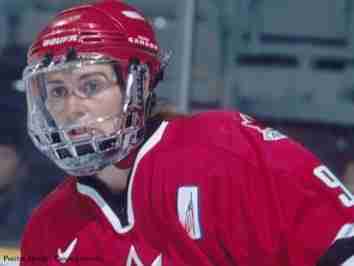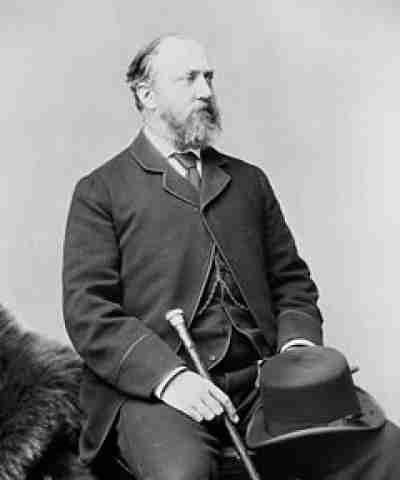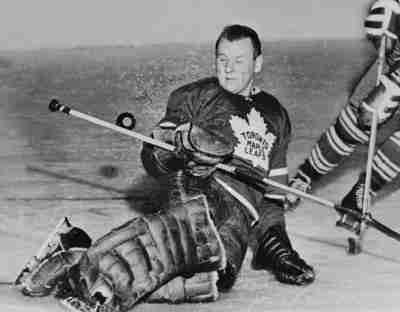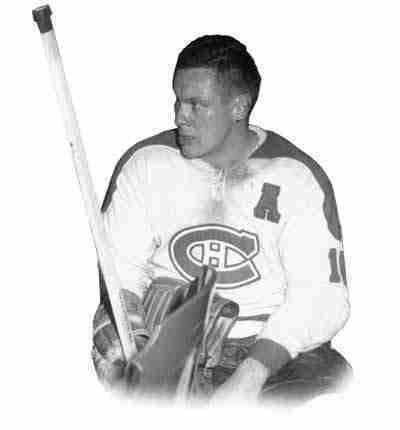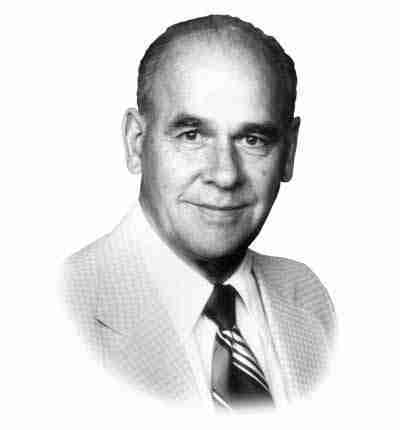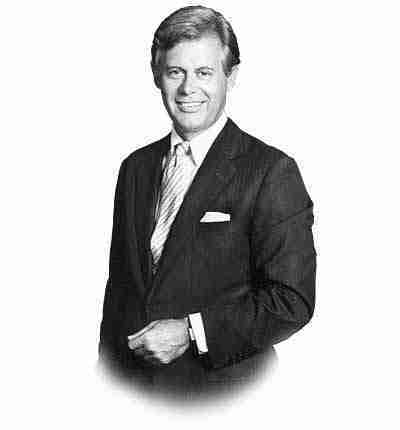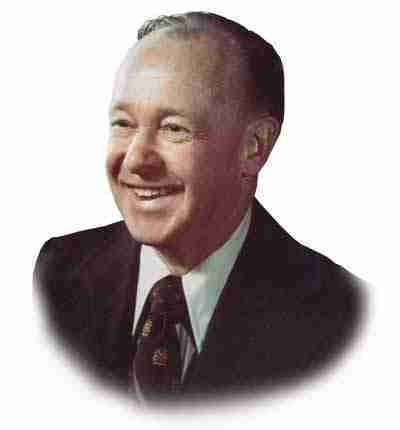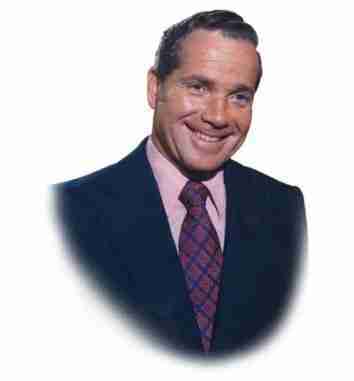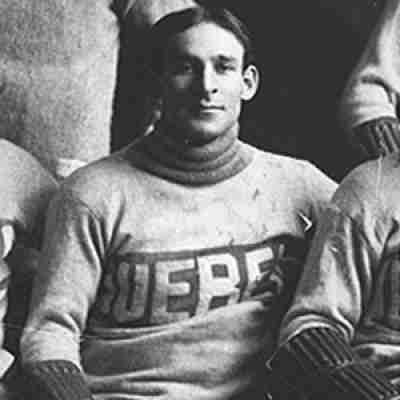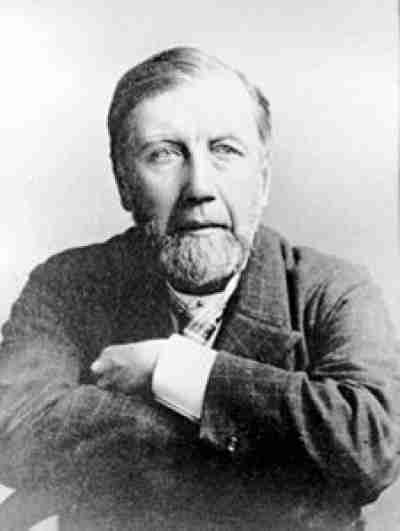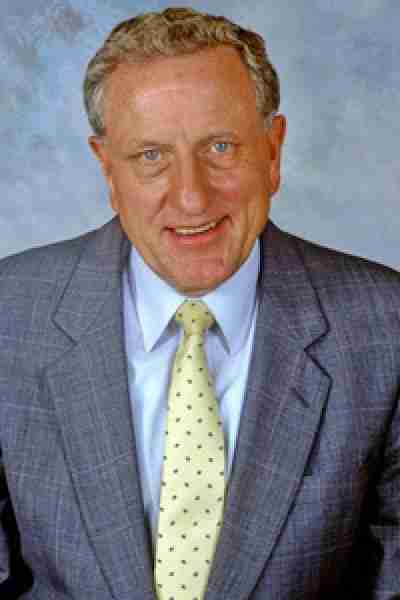Current Hockey Hall of Fame Inductees (383)
Outside of the province of Ontario, how many people are aware of the city of Kingston? Let’s take that a step further. How many outside of Canada know about this place? We will wager that it isn’t a lot, and those that answer that they heard of it, probably are thinking of the version in Jamaica instead. Now had this city on the Northeastern corner of Lake Ontario remained the home of the Hockey Hall of Fame would it have developed a bit of an international flair or enhanced reputation? Maybe it would have been more of a staple of “Canadiana”, as Kingston is the home of the First Canadian Prime Minister, and the unofficial band of Canada, The Tragically Hip. Stands to reason that it would have been a great fit for the unofficial sport of Canada (it is actually lacrosse) and the official passion of the country.With the launch of the Baseball Hall of Fame, the sport of hockey looked to follow suit. Its biggest league, The National Hockey League had a core of seven teams (which was pared down to six in 1942, when the New York Americans suspended operations) was a healthy organization, and though it was only relevant in cold weather climates, it was a sport that already had a long history, and the coveted Stanley Cup; which was then (and still is) the most impressive trophy in the entire sporting world.
The biggest proponent of an institution recognizing hockey excellence was a Canadian named James T. Sutherland. Born in 1870 (in Kingston naturally), Sutherland played as much hockey as he could and was a member of the Athletic Club of Kingston which was part of what was believed to be the first organized league the sport had. He would later form the Kingston Frontenacs, who would participate in the Ontario Hockey Association and would eventually become the Leagues president. Captain Sutherland (a rank he would achieve serving for Canada in World War I) would create the Memorial Cup; a trophy honoring those who fought in the Great War and to be given to the top Junior team in Canada. Incidentally, this is still the same trophy given to the team that wins the post season tournament in the Juniors in Canada.
Once the National Hockey League and the Canadian Amateur Hockey Association agreed to mutually put together a Hall, Sutherland (who had also served as the President of the CAHA) fought for Kingston to be its home. It was not just because he was a native of the city, but because he legitimately believed that Kingston was the rightful birth of modern hockey (which is near impossible to prove). Regardless of where hockey began, Kingston was to be pegged as its home.
Although construction had yet to begin on the facility, the first class was selected in 1945 which inducted nine players. It also had a “Builders” category which honored those who helped develop the game. As we look at those who are inducted to this institution, we will do so chronologically. Let’s take a ride on Hockey’s highway shall we?
The first Hockey player to win the Stanley Cup as a player five times, Ted Kennedy made the most of all of his abilities. He was a dynamic faceoff artist and skilled forechecker. He was not the best skater in the league, but he was able to put himself in perfect positions to get by his opponents effortlessly.
A banker and shipping magnate in Canada’s formative years, Montagu Allan used his wealth to help perpetuate the growth of Hockey. He donated the “Allan Cup” which was awarded to the Senior Amateur’s Men Championship of Canada. Initially, the trophy was in a “challenge” format, but evolved into an annual tourney. The Allan Cup is still in play today.
A very successful businessman in the Pacific Northwest, Frank Griffiths brought his business savvy to the National Hockey League in 1974 when he purchased the Vancouver Canucks. Although the Canucks never won a Cup, he made them profitable and competitive. Griffiths may not have sought the spotlight like other owners, but behind the scenes on the audit committee and other franchises to make them fiscally…
In can be easily stated that Frank Fredrickson’s Hall of Fame resume; is equal parts amateur and professional. As an amateur player, Fredrickson led his Winnipeg Falcons to the Allan Cup and subsequently the Gold Medal in the Olympics in Antwerp in 1920. He would later go west and turn professional and would become a big part of the Victoria Cougars team that won the…
Father David Bauer (not a misprint as he was an ordained Catholic priest) was the younger brother of Hockey Hall of Fame inductee, Bobby Bauer. The younger sibling was a decent junior player in his own right, but not at a professional level. He played for a spell at St. Michael’s and after serving in the Canadian military and becoming a priest, he returned to…
It is safe to say that the Chicago Blackhawks wished they could have that trade back. In Chicago, Phil Esposito was a decent player, but had not shown the fans everything he was capable of, and he often felt like Chicago management had little faith in him. He was traded to Boston and went on a scoring tear that has been duplicated by only a handful…
One of the top netminders in the first decade of the 1900’s, Riley Hern posted a sick winning percentage everywhere he went. Hern’s best days were with the Montreal Wanderers where he won four Stanley Cups there. In all likelihood, he might have been able to have won more, but he retired at the age of 30 when his clothing business took off. In his era,…
Wayne Gretzky is simply the greatest Hockey player period. Nothing more needs to be said.
The third female inducted into the Hockey Hall of Fame, Geraldine Heaney would anchor the blueline that helped the Canadian Woman’s National Team to many victories and tournaments. Heaney was a steady for the Canadian Woman’s team for years.
Although Craig Patrick had a healthy playing career in the 1970’s, it was in the builder’s category that he entered the Hockey Hall of Fame. Patrick first became known for his behind the bench work as the Assistant Coach for the United States Miracle on Ice Team that won the 1980 Olympics. Patrick would later become the Director of Hockey Operations for the New York…
Yes that Lord Stanley. As the Governor General of Canada, he became a hockey fan as he watched his kids play in various amateur leagues across Canada. As such, he donated the “Stanley Cup”, which evolved into the most impressive trophy in all of professional sports. It was initially contested as a challenge cup for Canada’s top amateur teams, but became the prize awarded to…
Considering that Johnny Bower spent over a decade in the minors before cracking an NHL roster at the age of 29, it is remarkable that he was able to have a Hall of Fame career. Bower debuted in the big league with the New York Rangers, but it was when he was claimed by the Toronto Maple Leafs in the Inter League Draft (whom ironically, Bower…
A star Defenceman on the 1950’s Montreal Canadians, Tom Johnson is not often the first (or even second or third) player you think of when you discuss that franchise, but Johnson’s peak coincided with the best period of the Habs’ storied history. In 1959, Johnson won the Norris Trophy and was named to the First Team All Star roster and was a key part of Montreal’s…
A lifetime servant for Amateur Hockey, Fred Page worked his way from local organizations to the Canadian Amateur Hockey Association. He became an executive there in 1958, and would become its President in 1966. Page would be instrumental in bringing Canadian amateur teams to play in Europe. As the Canadian representative to the IIHF, he would later serve that organization as the Vice President for…
John Ziegler was a controversial figure for some (as is any President of one of the four major North American sports), but it can be easily argued that the NHL was in a better place in 1992 when he resigned than from the year he took over in 1977. He navigated the tough waters of the NHL/WHA merger, the dawn of Soviet players in the…
Bill Hanley was selected for the Hockey Hall of Fame based on his lifetime service to the Ontario Hockey Association. Hanley was well regarded and served in the OHA in multiple capacities for decades. Still, Hanley is one of many administrators with the OHA who have been selected for Toronto, but when the Hockey Hall’s bio’s highlight is that he was a fair arbitrator, it…
When you ate inducted at the same time as Wayne Gretzky (who was the only player selected), do you think anybody noticed Scotty Morrison going in at the same time? Probably not. Morrison began his NHL career as a referee (he was the youngest at the time at 24) and would later become the referee in chief in the Western Hockey League. He would later…
Thought to be one of the fastest skaters in his day, Samuel “Rusty” Crawford was a very good goal scorer who had his best run in a five year stint with the Quebec Bulldogs in the old National Hockey Association. Crawford out in over sixty goals in that period and won a Cup. Later, he finally joined the NHL and won the Stanley Cup with the Toronto…
John Ross Robertson was inducted to the Hockey Hall of Fame based on his work in organizing Amateur Hockey. His staunch belief that the sport should remain amateur may seem outdated now, but it did allow for the creation of the best early leagues in the sport. One can only imagine what he would have thought of labor issues with today’s game.
Bob Johnson was a very successful coach at the University of Wisconsin, leading the Badgers to three NCAA championships, and internationally would be named the coach of three U.S. Canada Cup teams and the 1976 Olympic squad. His skills transferred well into the NHL, where he would take the Calgary Flames to the Stanley Cup Finals (where they lost to Montreal), and would be the…


